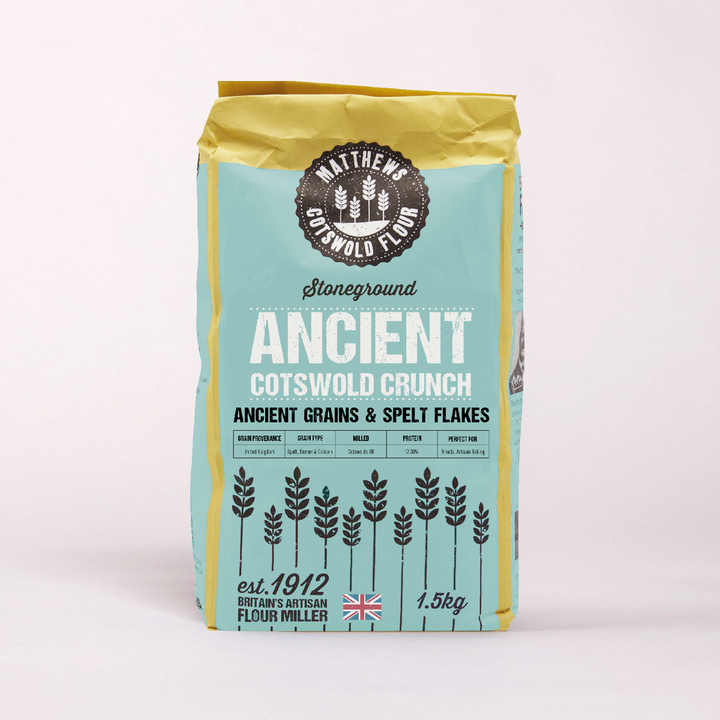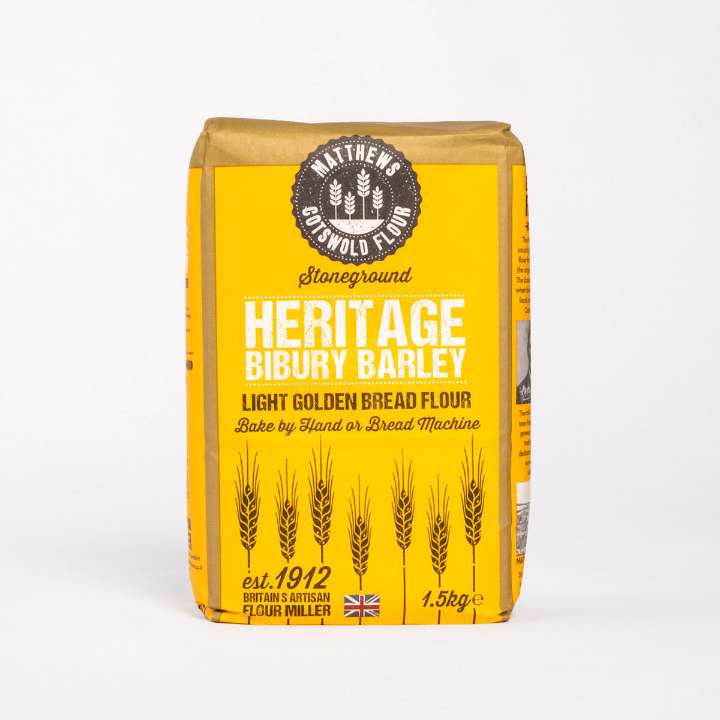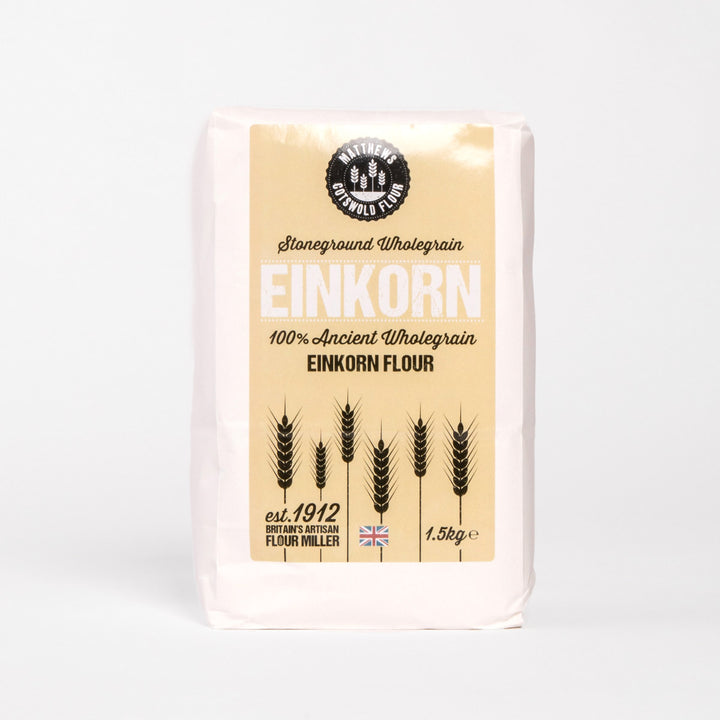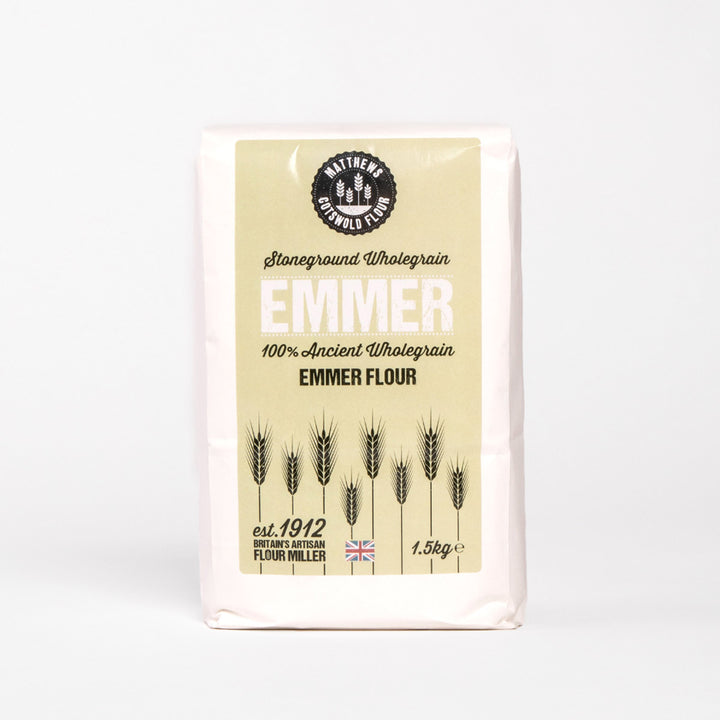What is self raising flour and when should you use it?

It’s important to note that you shouldn’t add baking powder to self-raising flour since self-raising flour already contains baking powder. In addition, it’s recommended to use the self-raising flour you’ve purchased within six months of purchase because self-raising flour’s raising action begins to peter out after six months on the shelf.

History of self raising flour
Henry Jones (1812 – 1891) was a baker in Bristol, England, who invented self-raising flour in 1845. Henry Jones applied for and received a British patent on his manufacturing process a year later and hoped to sell his invention to Her Majesty Queen Victoria’s Navy since the only bread that sailors ate was hardtack (ultra thick and hard crackers). Jones’ goal was to see that freshly baked “soft tack” was available to every sailor in Her Majesty Queen Victoria’s Navy, but bureaucratic inertia foiled his efforts. After a ten-year-long letter writing campaign, he finally decided to mail copies of his pleas to every single member of parliament, which did the trick. Self raising flour was sailing the length and breadth of the Empire in 1856.
What does It mean to “Raise”?
Raising is an integral part of the baking process when you are working with batter or dough, and it’s key to get it right for your recipe. There are a few different ways that you can leaven or raise your breads and pastries to achieve the fluffy, chewy, airy, or flaky texture that you want. Leavening agents include yeast and chemical agents like baking soda and baking powder. The latter two are important in the context of self raising flour. Baking soda is a very basic source, and it combines with the acid in other ingredients (lemon juice, buttermilk, etc.) to create gases that create little pockets in your dough. Once the dough is baked, the gases dissipate in the hot temperatures and leave behind the structure created by those little gas bubbles. This entire process is called leavening and is a vital step in the baking process. Baking powder, on the other hand, is baking soda that has already been mixed with an acidic ingredient and fillers or starches.
When to Use self-raising flour?
If you use self raising flour in your baked goods recipes that call for this product, you will see that your cakes and breads are always raised beautifully, and more importantly, that you get a consistent raise every time. If you’re planning on baking goods that are fluffy or spongy in nature such as sponge cakes, quick breads, scones, muffins, self raising flour is perfect for you!
When not to use self-raising flour
Self raising flour should only be used for its specific purpose. The leavening agents in self raising flour are only right in specific recipes with specific ingredients combinations. Baking is all about the interactions of the ingredients, so substituting the wrong type of flour can be catastrophic to the final result.
As a general rule, don’t use self raising flour if there is another leavening agent called for in the recipe such as yeast or baking soda. The leavening in the self raising flour is usually enough. More, don’t substitute self raising flour in your recipe without paying close attention to the rest of the recipe. Typically you will want to use the ingredients listed in the specific recipe or follow careful instructions when substituting an ingredient as important as flour.
If you’re looking for baking ideas for your next baking adventure, check out our online baking recipes! If you want to buy flour online or buy self raising flour online have flour delivered right to your doorstep, please check out our online flour store!
← Older Post Newer Post →

















